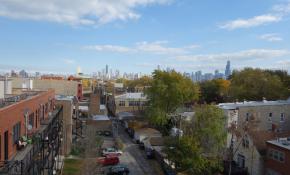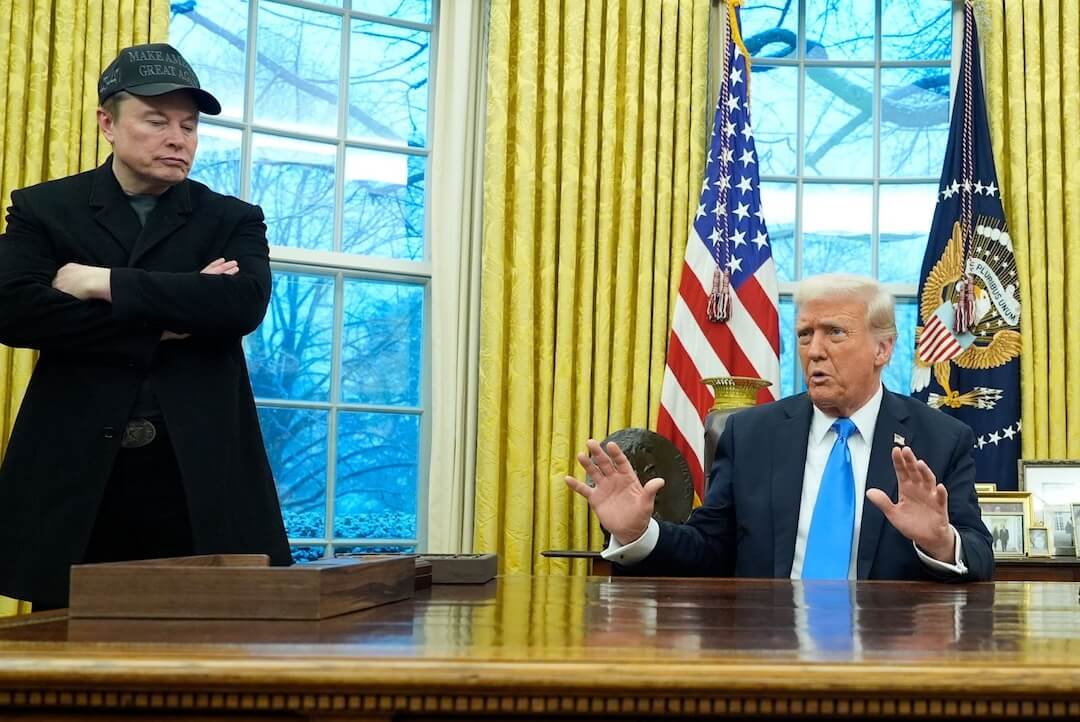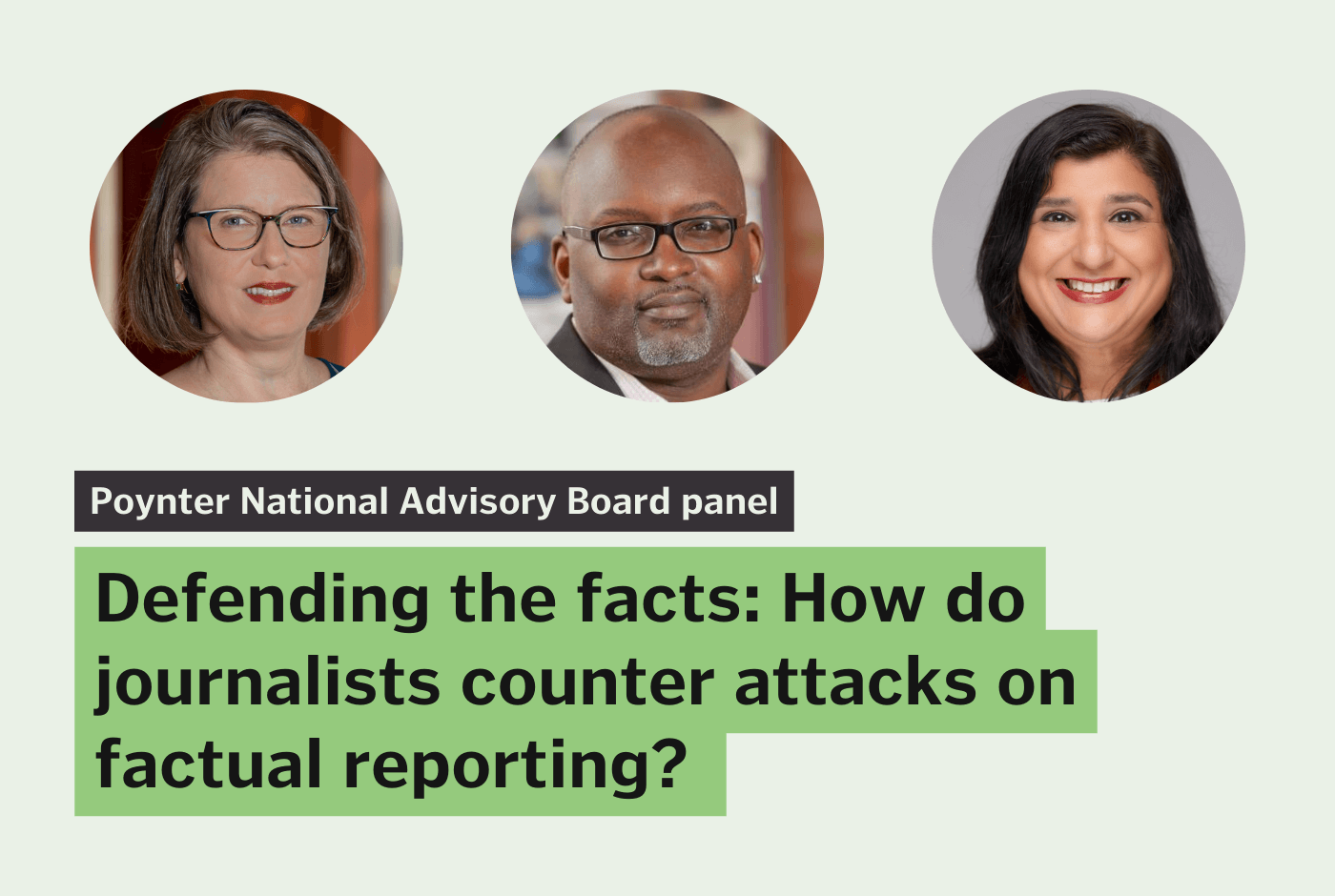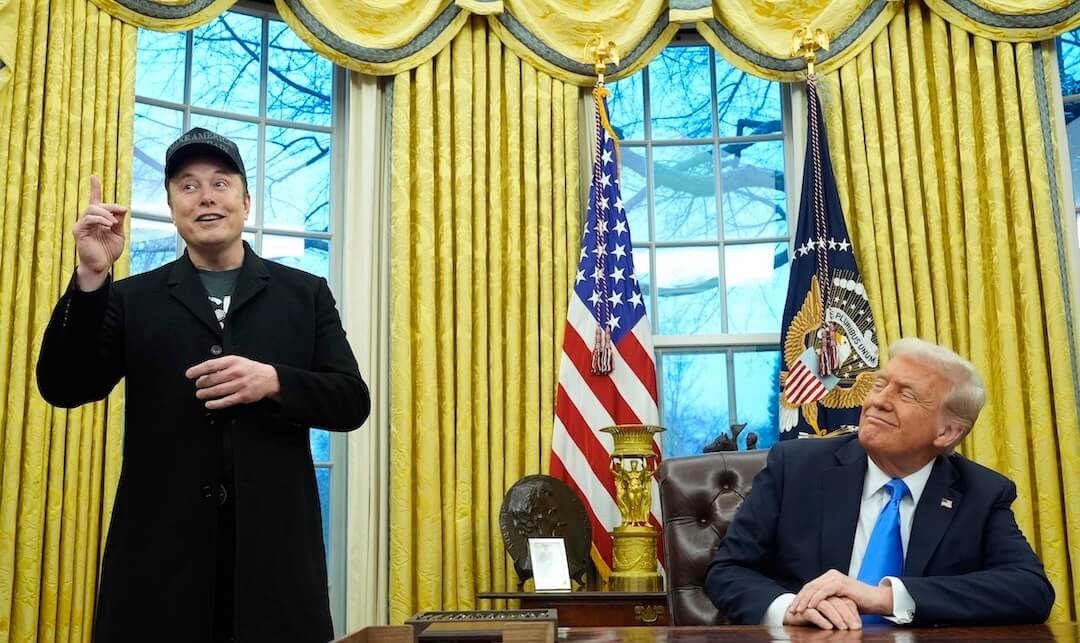Most people in Pyeongchang right now don’t know where Milwaukee is, said Milwaukee Journal Sentinel photojournalist Mark Hoffman.
But both he and sports columnist Gary D’Amato have spent the Winter Olympics bringing coverage of the games, the athletes and the people back to Wisconsin and other publications in the USA Today Network.
Not that it feels like they’re across the world from where they normally work.
“We’re really in a bubble,” Hoffman said by phone on Wednesday night.
It takes between 30 and 40 minutes to get from the Media Village to the press center. Then there’s more travel to get to the events themselves.
“You spend a lot of time traveling here or a lot of time waiting,” Hoffman said.
The two Wisconsin journalists are part of a team of 57 covering local and national stories at the Winter Olympics. Until now, the Olympics were the only major sporting event Hoffman hasn’t covered. D’Amato, on the other hand, has reported from nearly every Olympics since Atlanta.
He’s trying to balance covering Wisconsin athletes as well as catching the stories of other hometown Olympians for USA Today Network newspapers. Gannett’s national columnists are covering the big names and games, D’Amato said via email, and have more latitude to pick and choose what they cover.
“I once had that freedom when I covered the games for the Journal Sentinel, so this is a bit new to me,” he said, “and sometimes frustrating.”
Both men have had to become quick studies on sports they don’t normally cover, such as ski cross for D’Amato and curling for Hoffman.

They’re not the only local journalists covering the games, but there are a lot fewer than there used to be, D’Amato said.
“In fact, if Gannett didn’t own our paper, I doubt if the Journal Sentinel would have sent me to Pyeongchang,” he said. “I think we’re seeing a lot more of that kind of consolidation as newspaper chains are sending a few reporters to cover the games for all their outlets.”
Being part of a chain also means they’re getting better spots to photograph from, Hoffman said. USA Today Network put down eight miles of cable, so uploading photos to the Network’s photo editor is really easy. He knows other local photojournalists who came to cover the games on their own, and they don’t have those advantages.
“I had respect for them before,” he said. "I have newfound respect for them now.”
While they’re spread out covering the games, both journalists are thinking of their own audiences when they can. D’Amato thinks local readers appreciate having a voice they know at the games. And Hoffman, who doesn’t get to cover Wisconsin athletes much here, still looked for the Milwaukee "Zamboni whisperer" who worked at the speedskating events.
The games end Sunday, and then both men will head home to Milwaukee. Hoffman has heard a lot of people talk about how this is one of the coldest Olympics ever. But that all depends on where you’re from.
“It’s been warmer here than it’s been in Wisconsin.”
Brian Hansen (USA), Emery Lehman (USA) and Joey Mantia (USA) in the men's speed skating team pursuit 8 laps quarterfinal during the Pyeongchang 2018 Olympic Winter Games at Gangneung Ice Arena. Photo by Mark Hoffman-USA TODAY Sports









